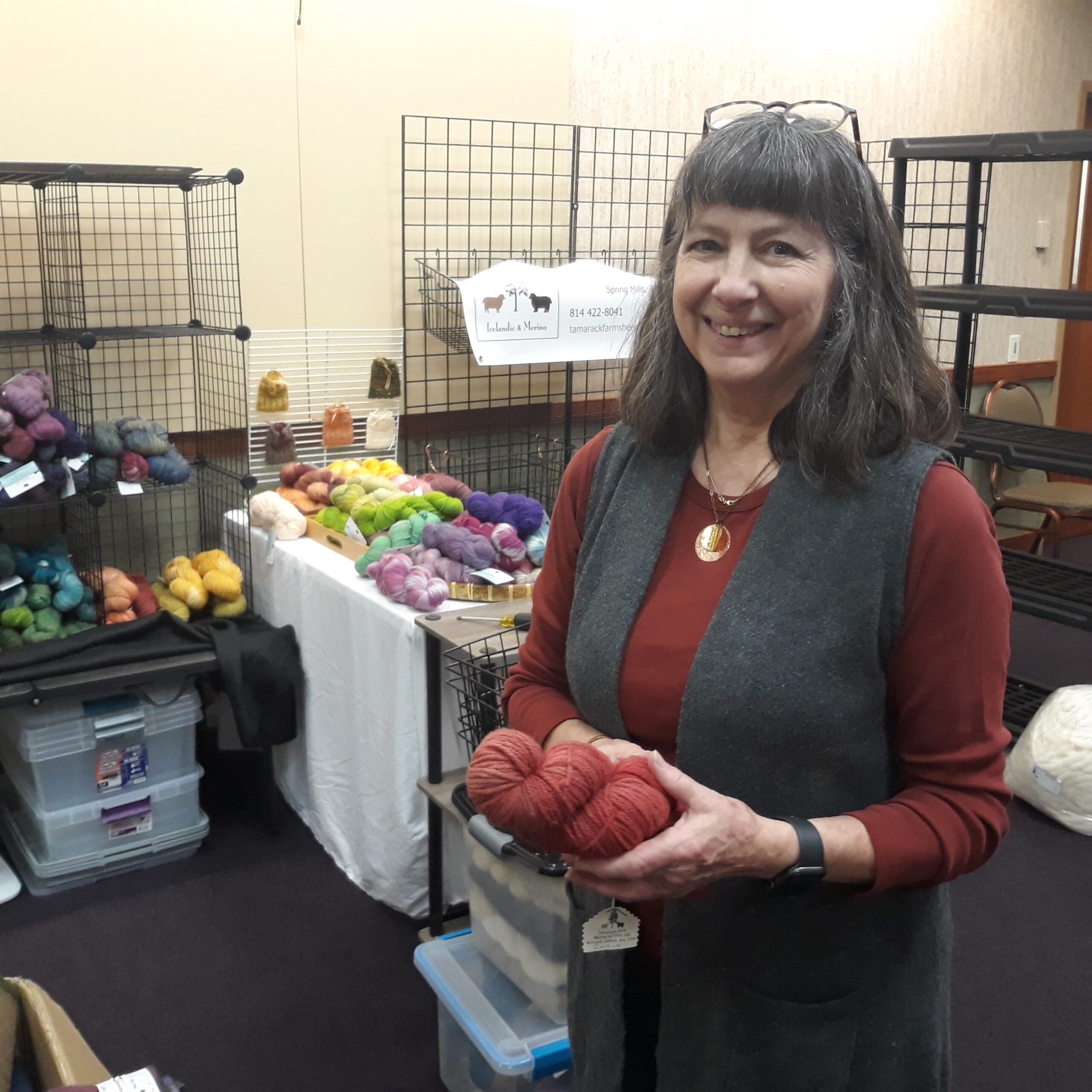Changes in state’s climate-zone designations means earlier garden planting
Local gardeners say, ‘Yes, please!’

By Amanda E. Kelly
Special to The Knightly News
amanda.kelly@mymail.centralpenn.edu
It’s no secret that Pennsylvania, nestled between its chilly northern neighbors and heated southern ones, is often considered by many gardeners across the nation as a place of prime planting weather.

With our four distinct seasons, we can boast about snow in the winter and hot sunny days in the summer: the best of both worlds, many would say.
However, many local gardeners worry about the future of their crops with climate change threatening shorter cold seasons, longer days and scorching temperatures.
According to the United States Department of Agriculture, or USDA, these fears are legitimate.
Keeper of the “Hardiness Map,” the USDA sets boundaries for every inch of the country, based on yearly temperature range, and companies and gardeners alike follow the department’s hardiness zones for recommendations on what and when they can grow.

And with a new map being released every 10 years, local gardeners have not had much to think about.
“For decades, I have been a resident of Zone 6b, and have known exactly what I can and cannot plant based off of my last frost,” Fulton County resident Bridget Martin says. “I recently learned I have to adapt my yearly plan, because my hardiness zone has been updated to Zone 7a.”
While this may be frustrating to a few people, many are elated about the idea of change.
Hardiness zones, based on a sliding scale of average daily temperature, are designated so warmer areas have a higher number. Because of this, gardeners experiencing a number increase, such as Zone 6b becoming Zone 7a in the northern part of Pennsylvania, can now grow warmer-weather crops than they are used to.
“I am excited to try my hand at growing citrus trees,” Cumberland County resident Mary Deitz says.
With an updated hardiness Zone of 7b, formerly 7a, she says, “I have kept my plants potted for years, bringing them inside during cold months, but with a warmer, longer season, I may finally get fruit!”
This also means more experienced or courageous gardeners may not have to “overwinter” tender perennial plants. Previously, plants such as so-called elephant ears, which are popular residents among many backyard landscapes due to their large enticing leaves that can provide ample amounts of shade for other plants and small animals, would need to be dug up and properly stored during the cold months to ensure they don’t freeze. Warmer ground temperatures year-round, though, mean the plants could stay where they are. This can save precious time for many growers who find their cold-weather to-do lists daunting.
An interactive map, as well as more information on determining what hardiness zone you live in, can be found at USDA Plant Hardiness.
Amanda Kelly is a communications student in Professor Michael Lear-Olimpi’s feature-writing class this term.
Comment or story idea? Contact KnightlyEditors@CentralPenn.Edu.
Edited by media-club co-adviser and blog editor Professor Michael Lear-Olimpi.



